|
ขอนำข่าวละครสืบลับหมอระบาดมาฝากในบล็อกครับ เป็นโอกาสดีมากที่ประชาชนได้รู้จักงานระบาดวิทยาภาคสนาม
0 Comments
วาไรตี้โชว์ คู่พระ-นาง ละครสืบลับหมอระบาด Hello everyone! I would like to share my experience with the Public Health Emergency Management Fellowship Training Program (PHEM). Let me introduce myself first; my name is Paninee Panyakarn. I am an alumna of the Field Epidemiology Training Program (FETP) in Batch 40, which focused on COVID-19, in Thailand. Batch 40 holds a special meaning for me as it marks the 40th anniversary of the Thailand FETP's collaboration with the US CDC, under the concept of "40 years 2 Nations 2 gether 4 Health."[1] This batch has provided me with valuable insights into the COVID-19 pandemic, which is why I refer to it as Batch COVID-19. After FETP, I took on the role of a medical epidemiologist at the hospital located at the border site. My vision is centered around preparing for and effectively responding to public health emergency events. As we all know, COVID-19 has had a significant impact on various aspects worldwide, including public areas, the economy areas, etc. Initially, we had limited knowledge about the disease, but its effects became widespread. The term “Public Health Emergency” refer to an abnormal situation that arises either naturally or due to human activities, such as the COVID-19 pandemic. CDC established PHEM fellowship program in 2013. The goal of PHEM program was to provide fellows with comprehensive training in public health emergency management frameworks, functions, staff, and program elements. Additionally, the program aimed to offer detailed exposure to the functioning of a Public Health Emergency Operations Center (PHEOC). As a fellow, one becomes a key driver of public health emergency response efforts.[2] From the PHEM program, I am gaining experience both hard skills and soft skills. In terms of hard skills, I am learning the principles of “Public Health Emergency Management” and actively applying the theory to the current situation in my country. In regard to soft skills, I am immersing myself in different cultures and languages. I have had the pleasure of meeting friends from three continents: Africa, Asia, and Europe. Our cohort consists of 21 individuals from 14 countries, and we regularly share our experiences, feelings, and motivations with each other, including the PHEM staff. One thing we all have in common is a shared goal: to work together as a multidisciplinary team and promptly address public health emergency issues. After graduating from this program, I will return to my workplace and focus on conducting the Emergency Operations Center (EOC) for vector-borne diseases such as malaria, and dengue fever at the sub-national level. The next step for me is to maintain communication with my cohort members and expand our knowledge in public health emergency management, passing it on to the next generation of public health professionals. Friendship has no boundaries, Friendship knows no boundaries Course: PHEM Fellowship Time: March 20–May 26, 2023 Place: Centers for Disease Control and Prevention, Atlanta, Georgia, USA Person: Paninee Panyakarn, MD, MPH References: 1Strategy and planning Division of Ministry of Public Health. MOPH-TUC Co-Unit [Internet]. 2018 [cited 2023 Jun 10]; Available from: http://tuc-counit.moph.go.th/. 2Centers for Disease Control and Prevention. Public Health Emergency Management Fellowship [Internet]. 2021 [cited 2023 Jun 10]; Available from: https://www.cdc.gov/orr/eoc/EmergencyManagementFellowship.htm.  บทความโดย แพทย์หญิงภาณินี ปัญญะการ หมอระบาดผู้รักเด็กและคนชรา FETP#40 PHEM#16 ภัยเงียบ (The Invisible Beach Hazard) ที่พบมีผู้เสียชีวิตเวลาไปเล่นน้ำทะเลที่พบบ่อยคือ กระแสน้ำไหลย้อนกลับ (Rip current) มีสองแบบหลัก ๆ คือ ที่ตำแหน่งเดิม และแบบย้ายตำแหน่ง [1] เกิดจากคลื่นซัดเข้าหาฝั่ง ทรายใต้ทะเลจะถูกชะล้างออกไปเป็นแอ่งกระทะ คลื่นจากขอบกระทะก็จะพุ่งเข้ามา กระแสคลื่นใต้น้ำจะแรงเป็นคลื่นวน เมื่อระดับความสูงพื้นทะเลต่างกัน ทำให้กระแสน้ำไหลย้อนออกจากฝั่ง สังเกตได้ยาก ความรุนแรงขึ้นกับลักษณะชายฝั่ง หาดทราย คลื่น และ ฤดูกาล โดยส่วนใหญ่ผู้เสียชีวิตมักจะว่ายน้ำเป็น และมักจะตายหลายคนเพราะลงไปช่วยกันเองแบบผิด ๆ ดังนั้น ก่อนลงทะเลควรอ่านป้ายแจ้งเตือน ดูว่ามีปักธงแดงบริเวณนั้นหรือไม่ คลื่นสูงลมแรงหรือไม่ ถ้าไม่มีป้ายหรือธง ควรสังเกตบริเวณยอดคลื่นที่ไม่มีแตกฟองขาวเหมือนคลื่นอื่น ๆ (ดังรูป) และน้ำทะเลมีสีขุ่นไหลย้อน หรือเห็นใบไม้ขยะลอยออกเป็นแนวร่อง ให้งดลงเล่น แต่ถ้าหลวมตัวลงไปว่ายแล้ว ควรสังเกตว่า ถ้าตัวลอยออกจากชายหาดเรื่อย ๆ เมื่อพยายามว่ายเข้าฝั่งกลับรู้สึกว่าสวนกระแสน้ำ ให้สงสัยกระแสน้ำไหลย้อนกลับไว้ก่อน ไม่ต้องมองโลกในแง่ดี แต่จงตั้งสติแล้วว่ายขนานชายฝั่งไปจนรู้สึกว่ากระแสน้ำหรือคลื่นดันตัวเข้าฝั่งจึงว่ายเข้าสู่ชายหาด ผู้ที่ว่ายเป็นแต่ช่วยไม่เป็น ไม่ควรลงไปช่วยเด็ดขาดเพราะมีโอกาสจมน้ำได้เช่นกัน และเป็นการเพิ่มภาระให้เจ้าหน้าที่กู้ชีพ (Lifeguard ที่ผ่านการรับรอง) ซึ่งมีโอกาสตายสูงถ้าตามลงไปช่วยกันหลายคน กรณีคลื่นลมแรง การโยนยื่นแทบไม่ได้ผลเพราะโดนตีกลับ ตามประสบการณ์ในไทยพบว่า ในกรณีที่คลื่นแรงมากใช้บอร์ดชีวิต (Surf Rescue) ยังไม่ได้เลยค่ะ ต้องใช้เจ็ตสกีออกพร้อมเจ้าหน้าที่กู้ชีพ 2 คน ไปช่วยผู้จมน้ำ 1 คน ซึ่งพื้นที่หาดหนึ่ง ๆ จะมีจำนวนเจ้าหน้าที่กู้ชีพไม่มากหรือไม่มีเลย (ส่วนใหญ่) ในส่วนตัวไม่คอยเห็นด้วยกับการการระบุจำนวนเจ้าหน้าที่กู้ชีพที่ใช้วิธีคำนวนจากระยะทาง ควรคิดจาก จุดเสี่ยง ความเสี่ยง ปัจจัยเสี่ยง และความถี่ ทั้งนี้ยังเป็นข้อมูลสำคัญในการกำหนดอุปกรณ์ช่วยเหลือและตำแหน่งที่ตั้งอุปกรณ์ที่เหมาะสม รวมไปถึงสมรรถนะของเจ้าหน้าที่กู้ชีพอีกด้วย นอกจากกระแสน้ำไหลย้อนกลับแล้วยังมีความสี่ยงอื่น ๆ อีก [2] อาทิเช่น กระแสคลื่นใต้น้ำ (Undertow) ที่กระแทกกระดูกแตกได้ Wave break on the ledge (คลื่นตบลงทะเล หรือคลื่นลูบ) และ กระแสน้ำวน (Whirlpool) สองอย่างหลังนี่ผนวกกันตายทรมานมากค่ะ ไว้โอกาสหน้าจะมาเล่าสู่กันฟังค่ะ สื่ออ้างอิง/ศึกษาเพิ่มเติม
เกี่ยวกับผู้เขียน
ศ.เชี่ยวชาญพิเศษ ดร.พญ.ลักขณา ไทยเครือ (พี่ก๊วย) เป็นอีกหนึ่งศิษย์เก่า FETP ที่พวกเราทุกคนภาคภูมิใจ พี่ก๊วยเรียน FETP รุ่นที่ 11 (2533) มีความสามารถรอบตัว ทั้งวิชาการ ดนตรี กีฬา พัฒนาเครือข่าย ฯ |
Archives
October 2023
Categories
All
บล็อกล่าสุด
|
Proudly powered by Weebly
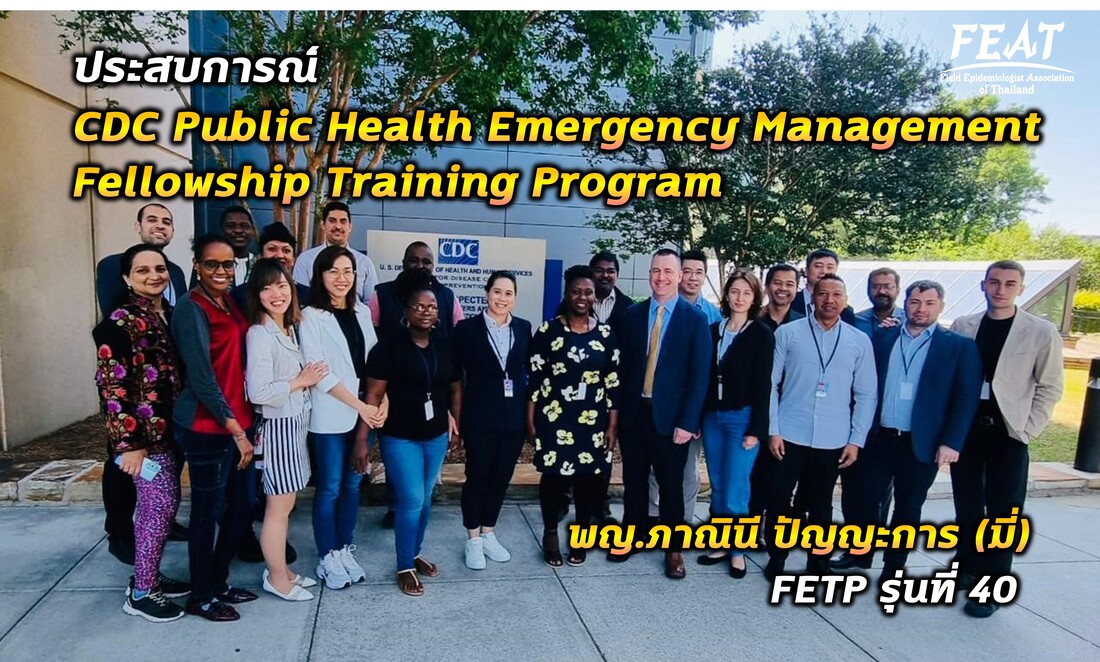
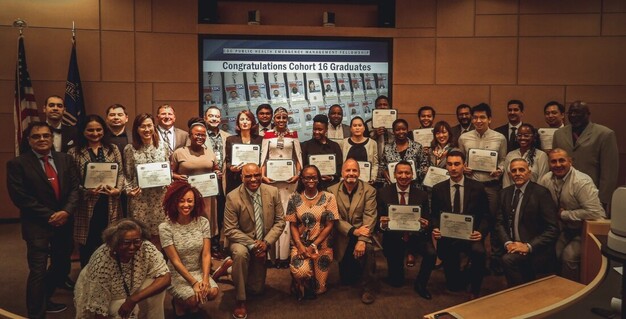
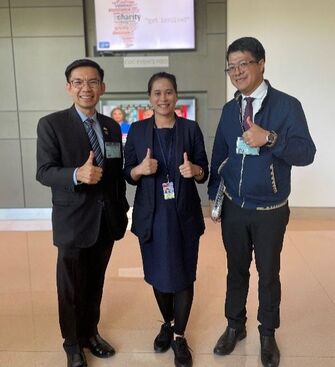
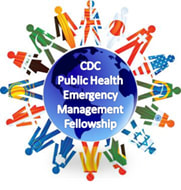
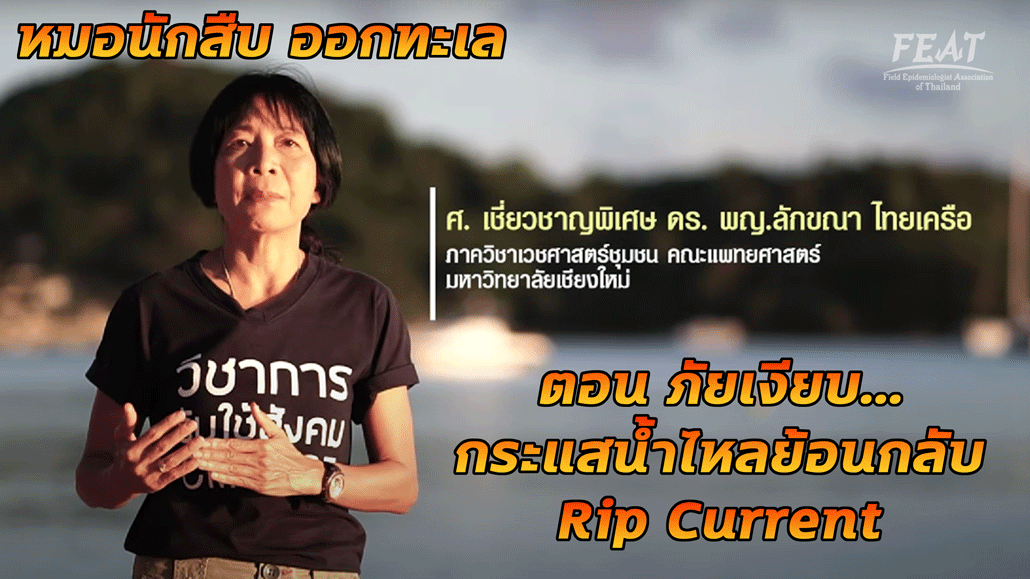
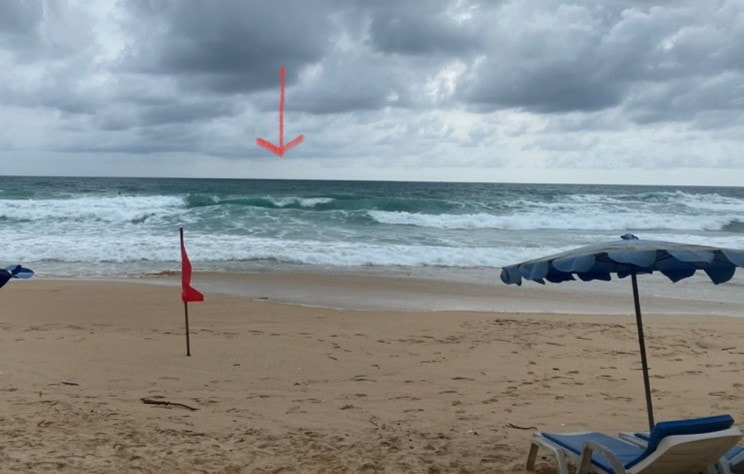
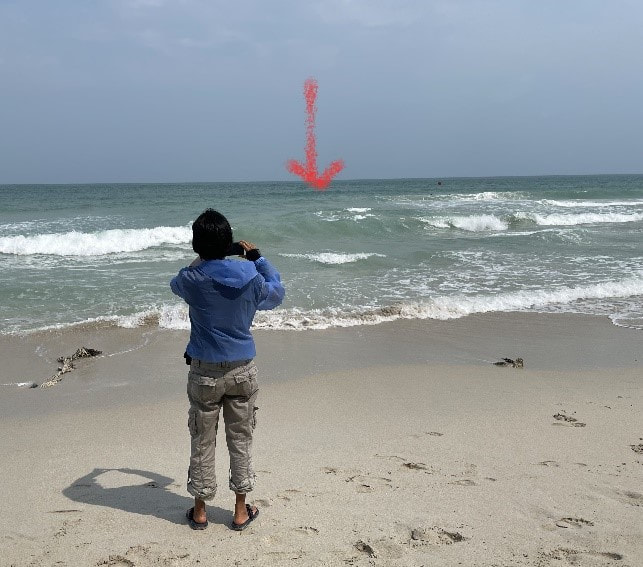
 RSS Feed
RSS Feed
